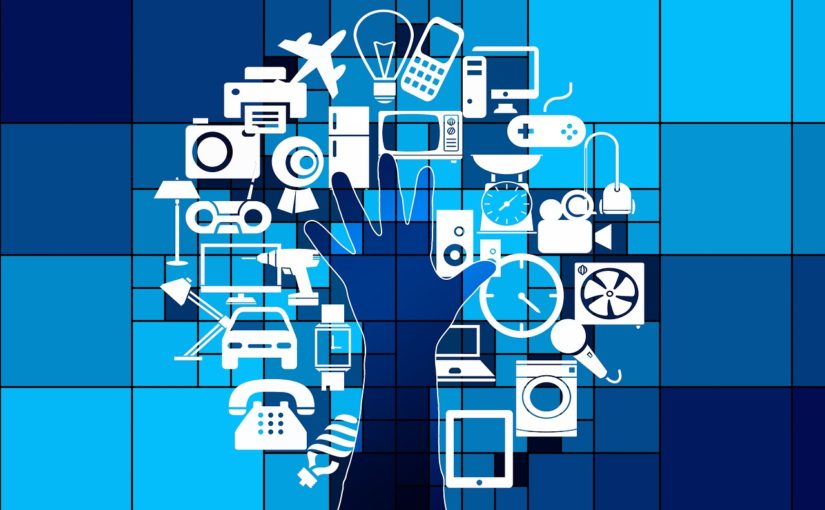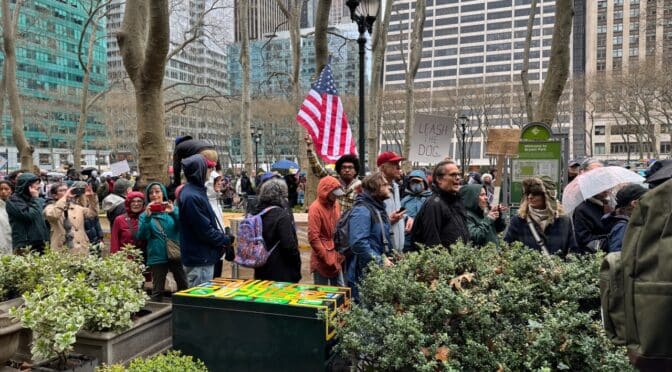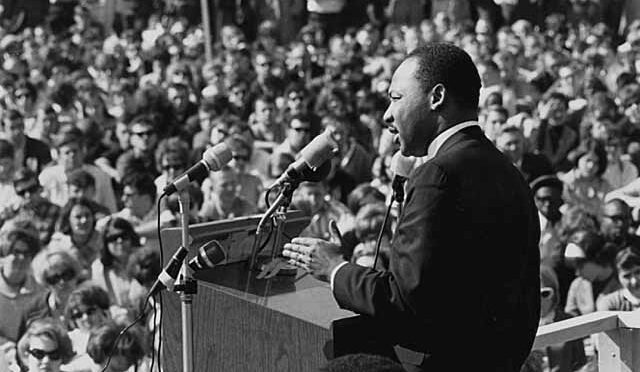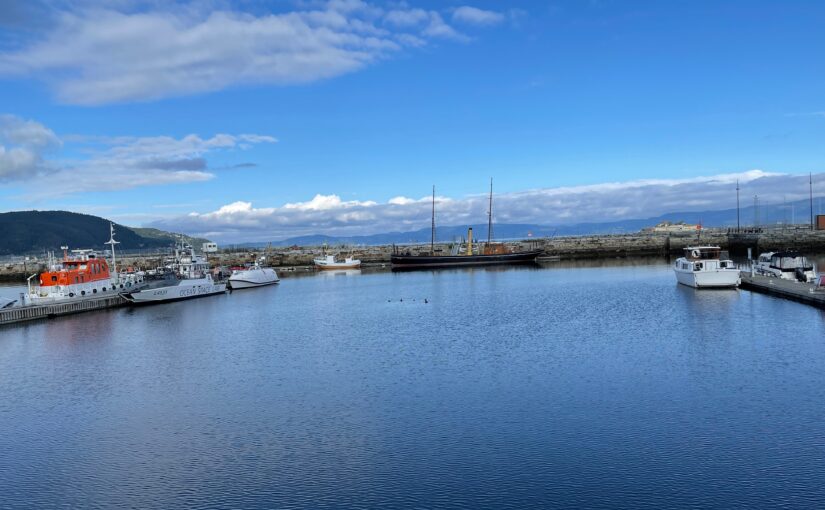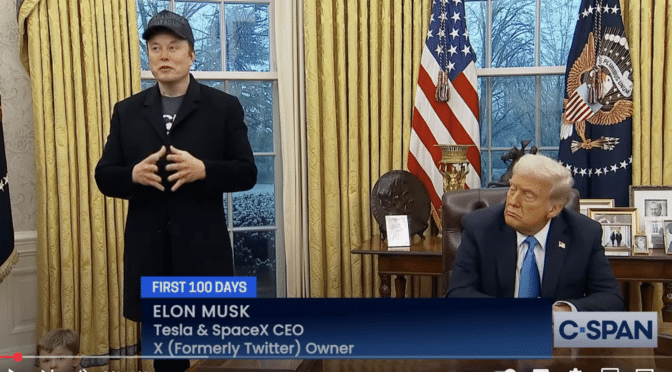by Nick Taylor
First it was $2 trillion in “stimulus” as business dried up and jobs disappeared with social distancing. Now there’s talk of more trillions being shoveled into infrastructure. Wherever the coronavirus crisis takes us, it’s clear that the infrastructure we invest in anticipates as best we can whatever the new normal proves to be. And some of it we can do some of it now while we are social distancing.
FDR’s New Deal jobs programs didn’t end the Great Depression of the 1930s. World War II did that. But those programs and what they built moved America from the 19th into the 20th century.
New and refurbished roads and bridges were only part of it. Hundreds of airports ushered in the age of commercial aviation. Dams harnessed water power that brought electricity to vast portions of the rural south and west. Water and sewer systems replaced hand pumps and outhouses. New hospitals put more people within reach of medical care. Students learned better in new and rebuilt schools. Local, state and national parks welcomed families to enjoy leisure as they never had before.
And the roads and bridges weren’t just make-work. They sped workers to jobs, farmers to markets, and trucked goods to consumers.
When the war ended and citizens finally could take stock of their new country, they learned the infrastructure programs that had given work to the Depression’s jobless had accomplished much more. A people that traveled more, placed more stock in education and health, and had more leisure to enjoy now had a country that allowed those things.
The infrastructure we need now should move us fully into the 21st century.
My wife Barbara now teaches her journalism and video reporting classes at CCNY virtually, using Zoom. Quarantine cocktail parties are big on Zoom, too. Late night hosts using Webex and Skype for guest interviews from their basements. Social distancing will be with us for a while, and we’ll continue to connect virtually even when it’s over.
Extending broadband coverage into every corner of the country is one of the infrastructure investments we must make. An internet connection today is like electricity a century ago, and there’s no excuse for everyone not having it.
The post-pandemic world will need more access to health care. Astronomic unemployment from the shutdown is throwing millions off their health insurance. If jobs don’t come back soon the population on Medicaid will soar. People will need to find preventive and corrective health care. They’ll need community health centers they can walk into without having to drive miles to reach. This is infrastructure that will keep people at work as the economy tries to recover from a body blow the likes of which we’ve never seen.
Some of our infrastructure investment must shore up defenses where we are vulnerable: our electric grid, our largely online financial world, our voting systems, our social media that can be manipulated to turn Americans against one another. Attacks in these sectors will only ramp up as we emerge to a new version of normal.
Much physical infrastructure work can’t be done under social distancing rules designed to stop coronavirus spreading. The work that can be done, should be. Meanwhile, the work on our virtual infrastructure needs that can be done at computer keyboards should go forward. We want an infrastructure that fits our new world when the crisis lifts and we can emerge into that world.
For more on the New Deal and the jobs program read my book American-Made.
